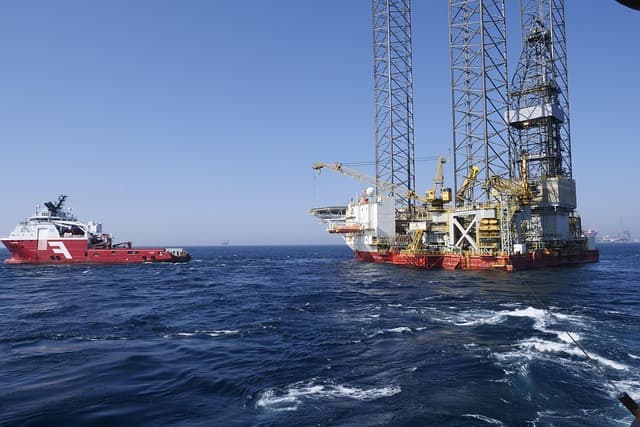In the context of discussing technologies that can change the future of the oil and gas industry (and are already changing it), it is impossible to ignore innovations in the field of environmental sustainability. One of the key among them is the technology of carbon capture, utilization and storage – CCS (Carbon Capture and Storage) or CCUS (with the addition of Utilization).
Against the backdrop of growing climate risks, public pressure and stringent emissions requirements, especially in Europe and North America, oil and gas companies need to reduce their carbon footprint and ensure compliance with the ESG agenda. It is CCS that is becoming one of the key tools for carbon neutralizing production.
How CCS works: the capture and storage chain
The carbon dioxide capture and storage process consists of several key steps:
- CO₂ capture.
In this step, carbon dioxide is extracted from the exhaust or process gas stream. This is accomplished using an absorber where a special chemical solution is used to bind CO₂.
- Separation and desorption
The CO₂ saturated stream enters a desorption column where, at high temperature, the gas is released (desorbed) from the solution and collected in its pure form.
- purification and liquefaction
The resulting CO₂ is purified of impurities, then cooled and liquefied to a liquid state so that it can be safely transported and stored.
- transportation
Gas in liquid form is transported either through special pipelines or by sea and river tanker ships to the place of disposal or injection.
- Storage or utilization
In the final stage, the carbon dioxide is either:
- injected into deep geologic formations (depleted fields, salt caverns) where it is stored in a supercritical state,
- or used for Enhanced Oil Recovery (EOR), where CO₂ is injected into the reservoir to increase pressure and recover the remaining oil.
Potential and Challenges
Carbon capture allows oil and gas companies to:
- reduce greenhouse gas emissions,
- comply with international climate agreements, including the Paris Agreement,
- avoid penalties and restrictions under national regulations,
- increase investment attractiveness, especially among ESG-oriented investors.
However, there are also challenges:
- The high cost of implementation (capital and operational costs),
- the need to build infrastructure (pipelines, tanks),
- risks of leakage during storage and transportation,
- the need for regulatory support from the state.
New horizons: CCUS and “green” technologies
While in classical CCS CO₂ is simply disposed of, the CCUS concept emphasizes carbon reuse. Some examples of applications are:
- Production of synthetic fuels (e-fuels),
- use in the food industry (sodas, packaging),
- production of building materials (concrete with carbon dioxide).
In addition, more and more countries are considering the introduction of carbon credits and national emission quotas, which makes CCS technologies economically attractive.



